Top 10 things people don’t know about F1 Racing
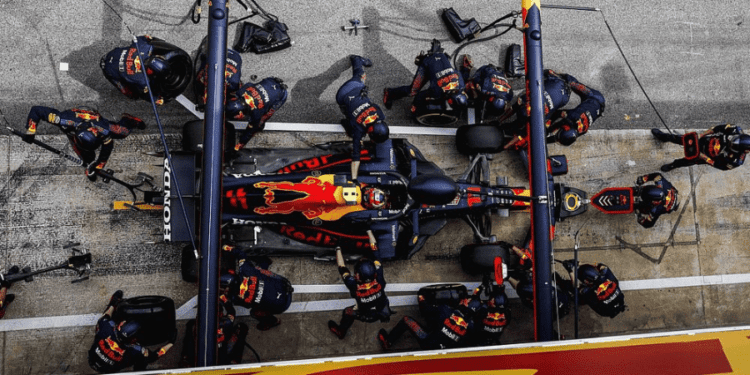
Formula One (F1) racing, often referred to as the pinnacle of motorsport, holds an undeniable allure for fans around the world. The high-speed drama, precision engineering, and daring drivers make each race a spectacle like no other. While the roaring engines and screeching tires are well-known, the world of F1 is brimming with fascinating facts and intricacies that often remain obscured. In this exploration of the top 10 lesser-known aspects of F1 racing, we’ll delve into the heart-pounding world beyond the checkered flag, revealing the sport’s hidden depths.
1. Extreme G-Forces and Physical Endurance
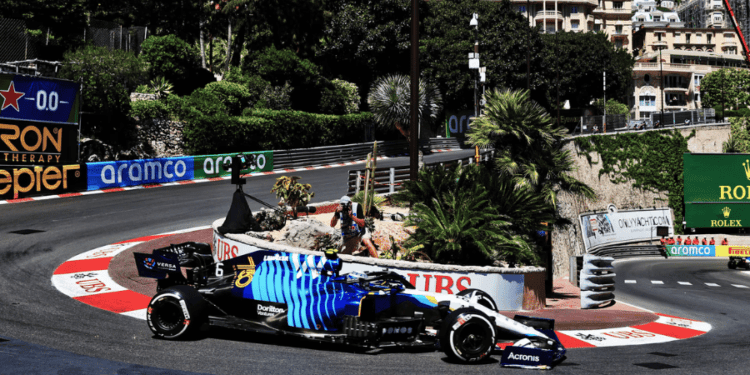
F1 drivers are not just skilled athletes; they are also subjected to extreme physical challenges. During races, they experience gravitational forces (G-forces) that can exceed three times their body weight while navigating hairpin turns and high-speed straights. This demands not only exceptional skill but also peak physical fitness to withstand the forces without losing control.
2. A Symphony of Technology and Engineering
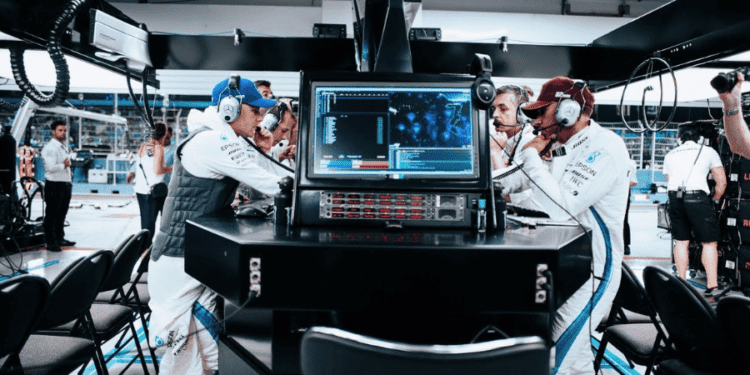
Beneath the sleek exteriors, F1 cars are technological marvels. Crafted from lightweight carbon fibre, these vehicles boast advanced aerodynamics, cutting-edge hybrid power units, and intricate electronic systems. The seamless integration of technology and engineering is a testament to human innovation.
3. Rapid-Fire Pit Stops

The choreographed ballet of a pit stop is awe-inspiring. F1 teams change all four tires, refuel, and make adjustments in a matter of seconds, a feat achieved through meticulous training and synchronization. Pit stops are a showcase of teamwork, coordination, and efficiency.
4. Data Overload and Real-time Strategy
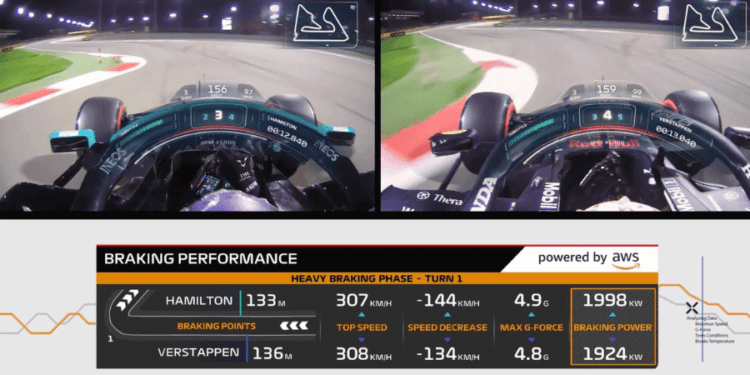
Modern F1 cars produce a deluge of data during races, encompassing tire temperatures, fuel consumption rates, and engine performance. Engineers analyze this real-time data to make split-second strategic decisions that can dictate the outcome of a race. The ability to process and react to this data on the fly is a critical skill for both drivers and teams.
5. Price Tag of Performance
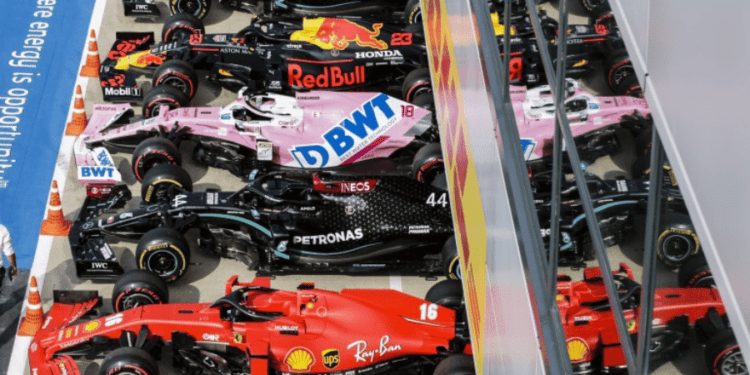
The relentless pursuit of speed comes at a staggering cost. F1 is renowned as one of the most expensive sports globally. Teams invest enormous sums in research, development, and cutting-edge technology to gain a competitive edge. The high costs are reflective of the sport’s commitment to pushing boundaries.
6. Precise Weight Distribution

Weight distribution is a fine art in F1. To meet the sport’s strict weight requirements, teams use ballast weights placed strategically in the car. These weights optimize weight distribution, enhancing handling and performance around corners.
7. Radio Silence and Driver Communication
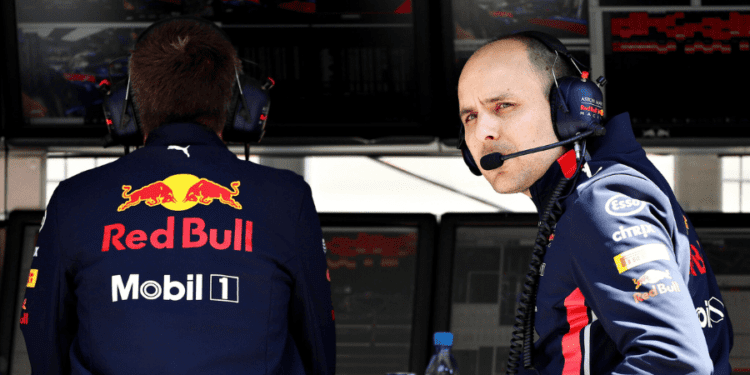
While communication between driver and team is vital, there are restrictions on radio transmissions during races. Teams cannot provide extensive guidance or data to drivers, ensuring that racing prowess is a mix of skill and split-second decisions. Drivers must rely on their intuition and experience to navigate complex scenarios.
8. Aerodynamics’ Critical Role
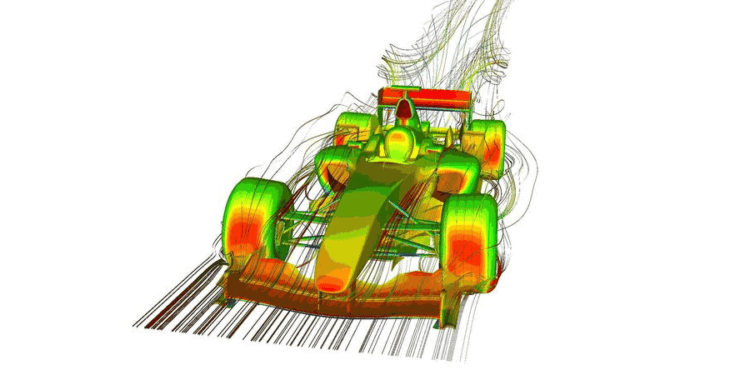
The art of aerodynamics is paramount in F1. Every curve and angle of wings, diffusers, and bodywork is meticulously designed to maximize downforce and minimize drag, propelling cars through corners and straights. Aerodynamics significantly influence a car’s performance and efficiency.
9. Global Phenomenon
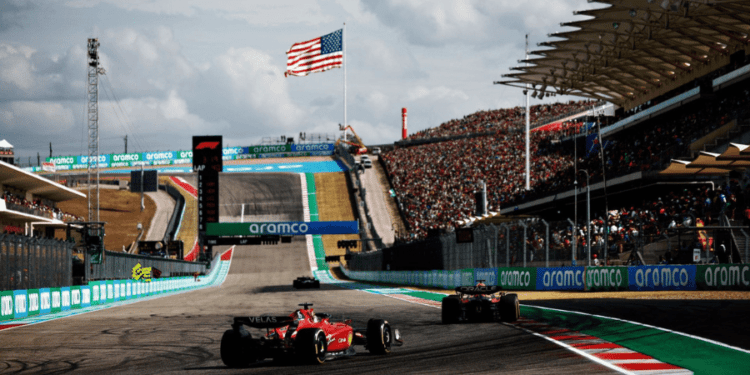
F1’s global appeal transcends borders, cultures, and continents. Races take place across five continents, attracting millions of fans and enthusiasts from more than 200 countries. The sport’s ability to bring together diverse audiences underlines its universal charm.
10. Athletes of Exceptional Fitness

F1 drivers are not just drivers; they are athletes of exceptional fitness. They undergo rigorous training regimes that encompass physical endurance, cardiovascular strength, and mental acuity. Rigorous training keeps them sharp, allowing them to endure the physically and mentally demanding conditions of a race weekend.
Formula One racing is a harmonious blend of human skill and technological marvels. The drivers’ ability to navigate extreme G-forces, the intricate engineering of F1 cars, and the strategic depth of the sport create a thrilling spectacle. From pit stops that border on artistic precision to the symphony of aerodynamics, F1 encompasses a myriad of elements that captivate fans worldwide.
“We’ve reached the end of our Top 10 countdown, and we’d love to hear from you! Do you agree with our choices, or is there something we missed that you feel deserves a spot on this list? Let’s start a conversation – comment below with your thoughts and ideas. Your input might just influence our next Top 10!”
If you like this you might like The Top 10 Things People Don’t Know About Rugby





